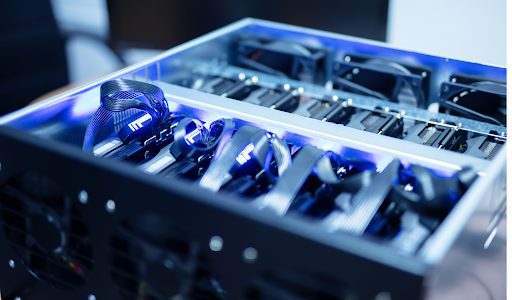Image source: Getty Images
Headline writers have been jumping on every hint of a FTSE 100 crash in 2022. But as the UK stock market continues to defy those fears, they seem to be running out of ideas.
I’ve recently seen a lot of headlines along the lines of: “FTSE 100 does something, as something only tangentially related happens“. But why has the Footsie remained relatively untroubled in the face of potential global catastrophe?
Inflation Is Coming
Inflation is out of control, and people are running scared. But right now there’s one thing we believe Investors should avoid doing at all costs… and that’s doing nothing. That’s why we’ve put together a special report that uncovers 3 of our top UK and US share ideas to try and best hedge against inflation… and better still, we’re giving it away completely FREE today!
Click here to claim your copy now!
In the US, the S&P 500 and the NASDAQ are both in bear market territory, down more than 20% so far in 2022.
The NASDAQ is down 28%, with the S&P 500 down 20%. Looking back over the past 12 months, we see falls of 21% for the NASDAQ and 11% for the S&P 500.
Meanwhile, the FTSE 100 has dipped only a modest 3.5% since December, and just 0.8% over 12 months. Why the difference?
We need to consider valuation and past returns. Both American indexes have better track records, reached higher valuations, and had more to lose.
Comparing returns
Since its formation in 1984, the FTSE 100 has provided an average annual return of 7.75%. That’s a total return, including dividends.
The S&P 500 has done quite a bit better. Since 1965, its average total annual return has come in at 10.5%. That might not look such a big difference, until we do some calculations.
Let’s examine the 38 years since the FTSE 100 was born. Investing £500 per month over that timescale, at an annual return of 7.75%, we’d end just short of £1.3m. But over the same timescale, the 10.5% return of the S&P 500 would more than double that outcome, providing over £2.6m.
Higher valuations
Higher returns have resulted in higher valuations for US shares. At the moment, the FTSE 100 is on an overall price-to-earnings (P/E) ratio of 14. That means an investment in an index tracker today would need 14 years to earn the money back, ignoring charges.
At the same time, the S&P 500 is valued at a P/E of 19. That’s still 36% higher than the FTSE 100, even after the 2022 fall in US stock prices. It would still take an S&P 500 index investment 19 years to earn back its money.
What about the NASDAQ? It’s home to many high-flying growth stocks, and its valuation has reached quite lofty levels at times. Back in 2019, its P/E was up around 34. After the 2022 slump, we’re looking at a P/E of 23. That actually makes the NASDAQ look like a buy to me now.
The reason?
Why no 2022 FTSE 100 crash, then? I think these comparisons shed some light on that. Here in the UK, our biggest companies simply never got to the higher levels of their US counterparts in the first place.
I think it also highlights the options available to us today. Investors who want more exposure to growth, while accepting the risk of greater volatility, can turn to the US. And folks who prefer the relative serenity of blue-chip dividend shares have the Footsie constituents to choose from.
Credit: Source link














